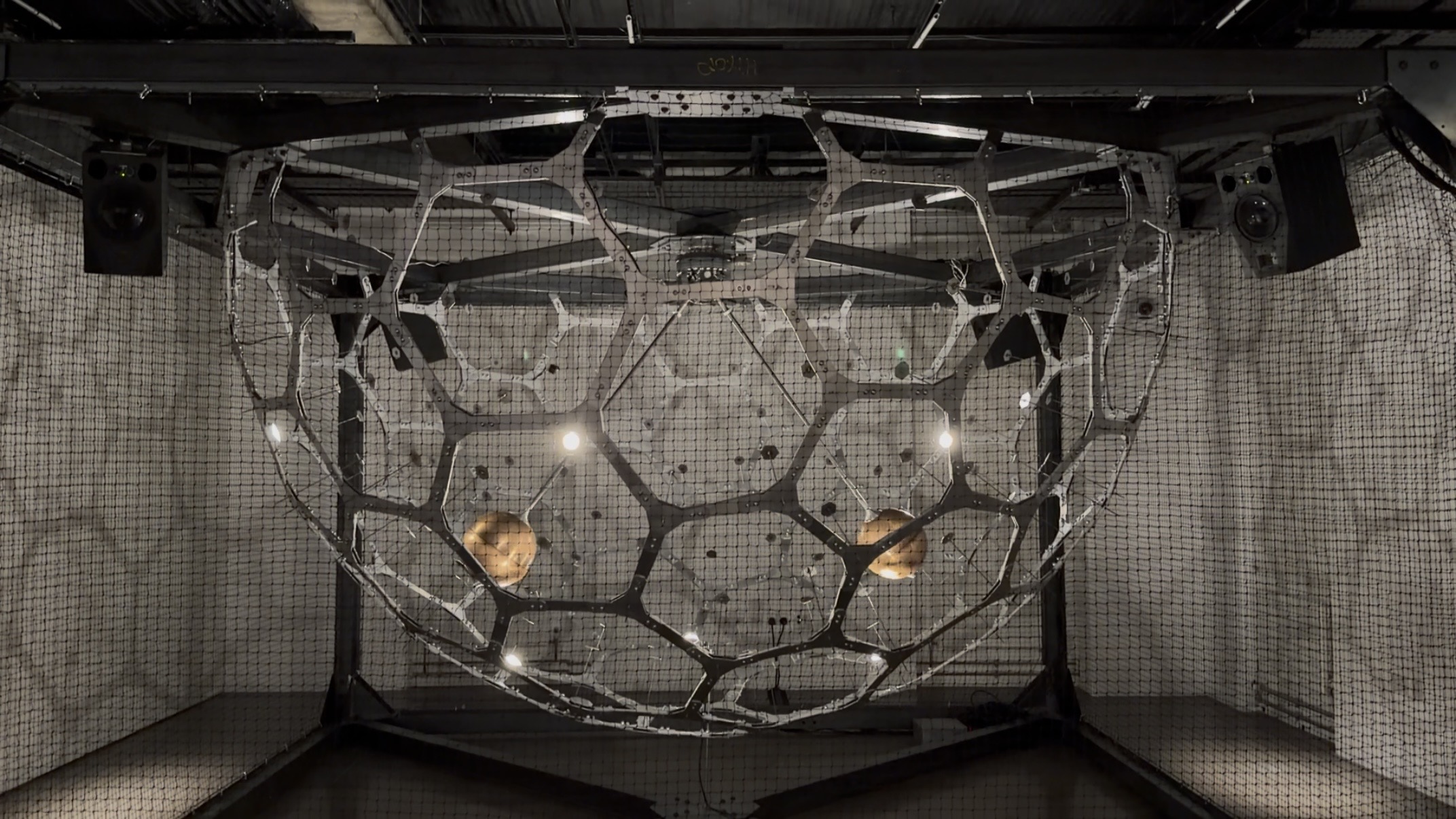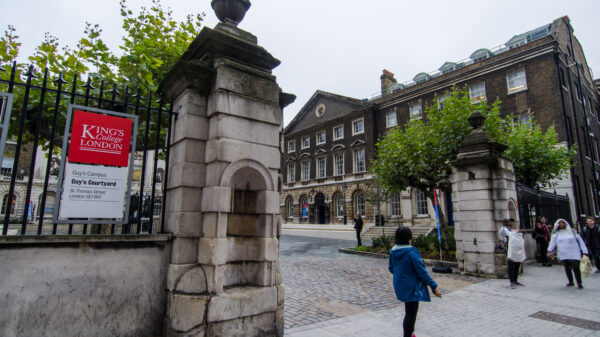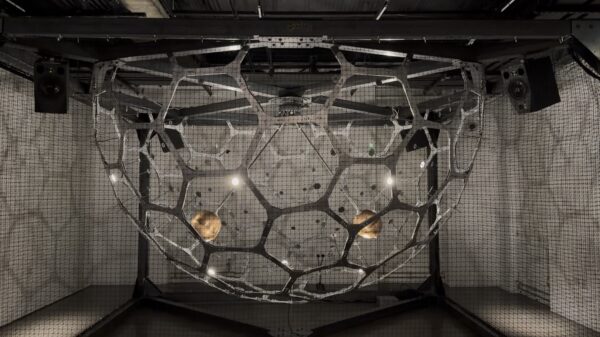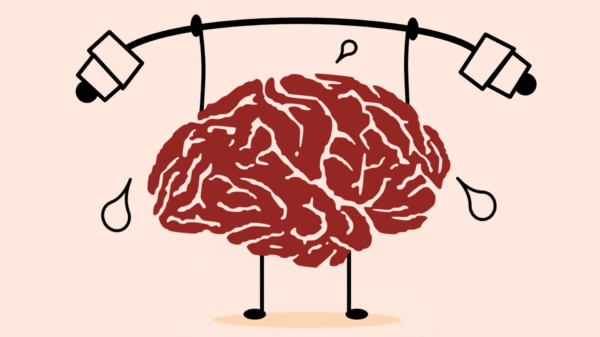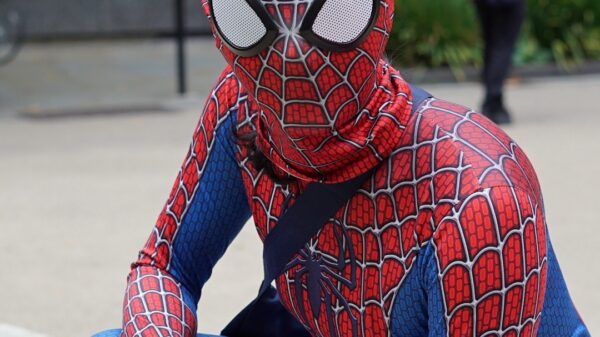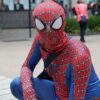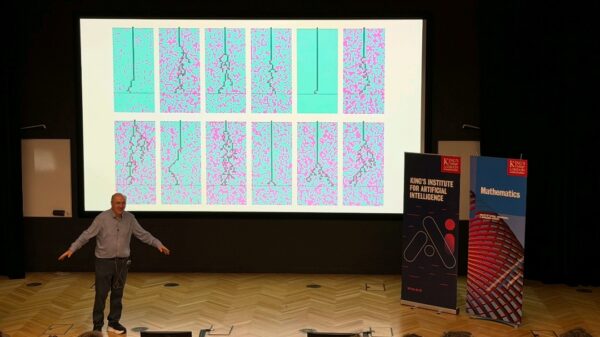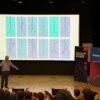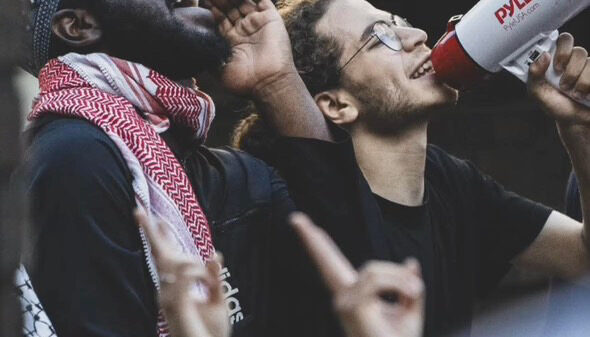Staff Writer Aarya Edara tells us what there is to view at Quantum Untangled, an exhibition at the Science Gallery London created by King’s College London’s own physicists open 8 October 2025 to 28 February 2026.
Quantum Untangled is a current exhibition that is visible in the Science Gallery London. It has been pioneered by King’s College London’s physicists and led by Professor James Millen. It demonstrates an extraordinary blend between quantum physics and art, engaging the audience and demonstrating the principles and questions posed by this discipline of physics.
“My personal scientific research has been greatly enriched by working with practitioners across a wide range of disciplines – from how I convey concepts to students in my lab, to being inspired to investigate areas of nature I wouldn’t have considered without creative discussions, even to the way I analyse data. For a subject matter as exploratory and conceptual as quantum mechanics, we require creative thinking when easy visualization escapes us.”
Professor James Millen, King’s Quantum Director, experimental quantum scientist
This exhibition interlinks fields like poetry with quantum physics. This is an approach to physics proposing that our surroundings and conditions in this universe are the opposite in an alternate universe, due to subatomic particles fluctuating in and out of existence.
A wall filled with poems authored by poet Chandrika Narayanan-Mohan triggers the viewer’s curiosity and uncertainty. Here, it is emphasised that if quantum physics proves true, we and every component of our surroundings, are fluctuating in and out of existence. The poet depicts the fascination and appreciation of various factors encountered in her daily life and various experiences, such as travelling through Europe and the translation of languages.
An interactive experience pioneered by Matthew Woodham links the dual-outcome process of flipping a double-sided fair coin with physical factors. These included the superposition of paths of clouds of subatomic particles – and if this phenomenon occurred in the real world, both possibilities would happen simultaneously.
Artist Conrad Shawcross designed a 3D model demonstrating ringdown. This happens when two black holes merge, emitting no sound in the surrounding vacuum (an area where sound cannot travel), but where black hole activity can be converted into sound waves. As the black hole’s vibrations decrease in intensity, the particles’ motion also grows closer to their rest position.
His work is what is known as an irrational machine, as it is just an artistic demonstration of a phenomenon, not a completely identical representation of what happens during ringdown. The experimental mindset is said to influence his artistic processes.
Another artwork created by Daniela Brill Estrada and Monica C. LoCascio features copper sculptures with unclear scripture carved into them. However, it evidently appears as a type of language, at first glance. This is due to the format and repetitiveness of certain designs.
This art touches upon several global implications: the use of copper in their artwork references the impacts of copper mining – essential for quantum technologies – on humans and the environment. Moreover, the copper drawings resemble Jacquard loom punch cards. This mechanical loom, operated by 19th century women, uses a sequence of punched cards that aid in weaving complex patterns into fabric. These cards led to the development of binary code, which emphasises how female labour led to certain advancements in computing.
String nets hang in the air, in three-dimensional vortexes and coils, resembling the behaviour of diagrams and models commonly revered in physics, such as spacetime diagrams. The usage of strings is significant and symbolic, as it demonstrates how commonly used objects are incorporated in modelling physical phenomena.
“I think the collaboration is a great success! I am very impressed about how the organisers have managed to bring two very disparate types of people (artists and scientists) together into a coherent narrative that is compelling people”
Professor Eugene Lim, Head of Teaching, specialising in Theoretical Physics
“I love quantum science, we need it to understand everything in Nature and we’re already seeing it change the world.”
Professor James Millen, King’s Quantum Director, experimental quantum scientist
The Quantum Untangled exhibition at the Science Gallery London depicts a surprising yet profound blend of quantum physics and art.
It is designed by highly talented artists and scientists and headed by Professor James Millen. It is bound to evoke many questions in viewers past and present.

